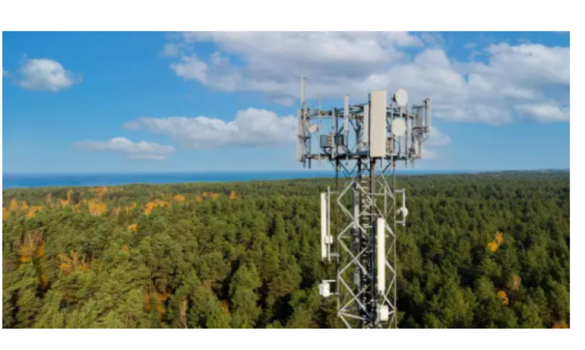K
Kathleen Martin
Guest
You’re probably hearing a bunch of chatter about edge computing these days and how it, along with 5G, are the latest pieces of technology to redefine how we conduct our business. In fact, you may even be hearing people say that edge computing will replace cloud computing. Let’s separate the facts from the speculation.
What Edge and 5G Are and Are Not
Let’s start off with a definition of edge computing: it’s a distributed computing framework that brings enterprise applications closer to data sources (there is a great accompanying video in the link if you’d like to learn more). In practical terms, edge computing is designed to move computing power closer to data in order to reduce latency. This tactic is a powerful solution for organizations that are either too far away from the cloud or require speed to conduct their business.
5G, while also designed to improve latency concerns, does not have any inherent computing power like edge or cloud computing. 5G is a wireless network designed to increase speed through improved bandwidth capabilities. Therefore, edge computing and 5G are not alternatives to each other; how they generate speed is entirely different. But the two are complementary to each other.
Think of it like this: 5G is the superhighway, the bandwidth that allows more room for travel, whereas edge computing setups are the service stations along the way that reduces the distance required to travel. When combined and working together, more work can be done faster both because of reduced distance and increased speed.
So, is Edge Computing Really Just Cloud Computing?
The quick answer is no. Edge and cloud computing are different, and the right fit for your organization will depend on what you’re looking to do. In keeping with the roadway-related analogies, edge computing is about speed whereas the cloud is about torque. Therefore, if you need to move data and conduct processes fast (speed) then an edge solution might be a better fit for your needs. But if you need to move a lot of data and can accept some latency (torque), then a cloud solution may be the best road for you to take.
With edge computing, what you are effectively doing is cutting the distance to the computing power. Instead of going all the way to the cloud, you are running processes on the edge server or even local devices, such as computers or IoT devices.
Continue reading: https://securityintelligence.com/articles/edge-computing-5g-security-concerns-benefits/
What Edge and 5G Are and Are Not
Let’s start off with a definition of edge computing: it’s a distributed computing framework that brings enterprise applications closer to data sources (there is a great accompanying video in the link if you’d like to learn more). In practical terms, edge computing is designed to move computing power closer to data in order to reduce latency. This tactic is a powerful solution for organizations that are either too far away from the cloud or require speed to conduct their business.
5G, while also designed to improve latency concerns, does not have any inherent computing power like edge or cloud computing. 5G is a wireless network designed to increase speed through improved bandwidth capabilities. Therefore, edge computing and 5G are not alternatives to each other; how they generate speed is entirely different. But the two are complementary to each other.
Think of it like this: 5G is the superhighway, the bandwidth that allows more room for travel, whereas edge computing setups are the service stations along the way that reduces the distance required to travel. When combined and working together, more work can be done faster both because of reduced distance and increased speed.
So, is Edge Computing Really Just Cloud Computing?
The quick answer is no. Edge and cloud computing are different, and the right fit for your organization will depend on what you’re looking to do. In keeping with the roadway-related analogies, edge computing is about speed whereas the cloud is about torque. Therefore, if you need to move data and conduct processes fast (speed) then an edge solution might be a better fit for your needs. But if you need to move a lot of data and can accept some latency (torque), then a cloud solution may be the best road for you to take.
With edge computing, what you are effectively doing is cutting the distance to the computing power. Instead of going all the way to the cloud, you are running processes on the edge server or even local devices, such as computers or IoT devices.
Continue reading: https://securityintelligence.com/articles/edge-computing-5g-security-concerns-benefits/

